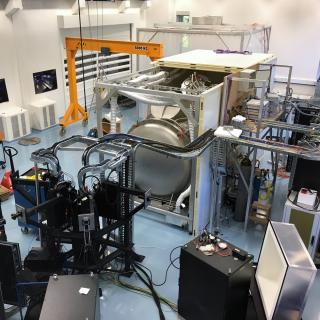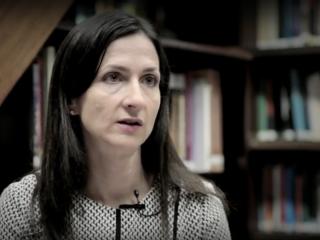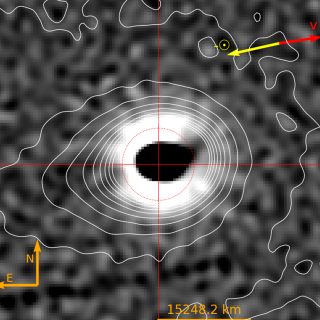An international collaboration in which researchers from the Instituto de Astrofísica de Canarias take part, has discovered a unique planetary system made up of six exolplanets, of which five perform an unusual rhythmic dance, while they orbit their star. Even so, the sizes and masses of the planets are not in any ordered pattern. This finding, which is published today in the journal Astronomy & Astrophyisics, poses a challenge to current theories of planet formation.
The first time that the team observed TOI-178, a star 200 light years away towards the Sculptor constellation, they thought that they had seen two planets orbiting around it in the same orbit. But a more detailed look at the data showed something quite different. “Thanks to new observations we realized that we had not found two planets orbiting around the star at the same distance, but several planets with a very special configuration” explains Adrien Leleu, a researcher at the University of Geneva and the University of Berne (Switzerland) who has directed this study.
The new research showed that the system is composed of six exoplanets and that all of them, apart from that nearest to the star, are involved in a rhythmic dance while they move around their orbits. In other words they are in resonance. This means that there are patterns which repeat while the planets move around the star, so that some of the planets align with themselves every certain number of orbits.
A similar resonance is observed for three of Jupiter’s moons: Io, Europa, and Ganyumede. Io, the nearest of the three to Jupiter completes four orbits for each single orbit of Ganymede, which is the furthest, and two complete orbits for each orbit of the intermediate satellite Europa (making a 4:2:1 pattern). In the TOI-178 system the resonant motion is much more complex, because we are dealing with 5 planets, following a pattern with ratios 18:9:6:4:3, one of the biggest discovered until now in a planetary system. While the second planet outwards from the star completes 18 orbits, the third completes 9 orbits, and so on in succession.

At first the scientists found only four of the planets in resonance, but following the pattern they calculated that there ought to be another planet in the system, the fifth planet outwards from the star. “We predicted its orbit very accurately assuming that it was in resonance with the other planets, and when we went back to observe the system we confirmed that the planet really existed” explains Enric Pallé, an IAC researcher who participated in the study.
Rhythmic but disordered
Even though the planets in the TOI-178 system orbit their star in a well ordered way, their densities do not fall into any special pattern. Even though in our solar system the planets are ordered, with the rocky, dense planets close to the central star, and the gassy low density planets further away, in TOI-187 one of the dense and typically terrestrial exoplanets lies just next to a planet of similar size but with very low density, like a mini-Jupiter, next to another very similar to Neptune.
Catastrophic events such as massive impacts, could normally explain the large variations in the densities of the planets. However this does not appear to be the case for the TOI-178 system. “The orbits in this system are very ordered” exlains Roi Alonso, a researcher at the IAC and a co-author of the article “which implies that this system has evolved pretty smoothly since its formation."
This contrast between the rhythmic harmony of the orbital motions, and the disordered densities of the planets challenges current theories of the formation and evolution of planets. Although none of the six exoplanets is within the habitable zone of the star, the researchers suggest that, continuing the chain of resonance they could find other planets which might exist within the zone, or very close to it.
“In this work we have combined the most advanced instrument technology of the ESA satellite CHEOPS, and ESO’s ESPRESSO spectrograph, the IAC has contributed to both of them. In the future they will allow astronomers to look for the existence of additional planets in this system” concludes Jonay I. Gonzalez, an IAC researcher and a co-author of this study. The team also used data from the SPECULOOS (of which the ARTEMIS telescope at the Teide Observatory is part) and NGTS robotic telescope arrays at ESO's Paranal Observatory (Chile).
Article: A. Leleu et al., “Six transiting planets and a chain of Laplace resonances in TOI-178”, Astronomy & Astrophysics. DOI: 10.1051/0004-6361/202039767
Contact at the IAC:
- Enric Pallé: epalle [at] iac.es (epalle[at]iac[dot]es)
- Roi Alonso: ras [at] iac.es (ras[at]iac[dot]es)
- Jonay I. González: jonay.gonzalezhernandez [at] iac.es (jonay[dot]gonzalezhernandez[at]iac[dot]es)







